The question around the ongoing viability of three commercial networks has been raised, on and off, for many years. It was a question asked right back to when the federal government first permitted a third commercial network in the early 1960s — and in 1973 the industry itself was almost willing to sacrifice some of its own to ensure the sector’s survival.
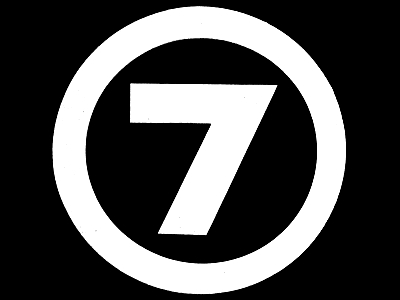
In February that year, the newly sworn-in federal minister for media, Senator Douglas McClelland, was considering a proposal from the executives representing Australia’s capital city commercial networks to have cities where three commercial channels existed reduced to two.
The argument presented by the industry was that the sector was facing financial hardship against the pending introduction of colour television, the planned removal of all tobacco advertising, an increase in Australian content requirements and the growing expense of imported programs.
Viewing in capital cities was also reported to be in decline. The Australian Broadcasting Control Board found in 1973 that, since 1965 and despite the addition of a third commercial channel, viewing levels in the peak hours of 7.00pm to 9.00pm had dropped by eight per cent in Sydney, 13 per cent in Melbourne, ten per cent in Brisbane and eight per cent in Adelaide. It speculated that while population numbers have increased, the proportion of sets in use has declined, indicating that viewers are becoming more selective in their viewing habits.
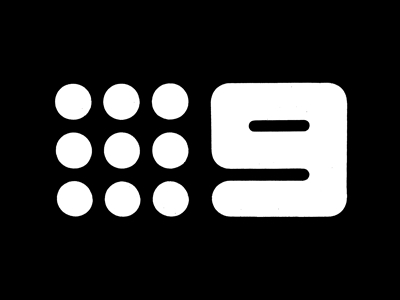
The proposal put forward was to have one of the three commercial licences in each of Sydney, Melbourne, Brisbane and Adelaide handed back to the government and re-assigned to form a second ABC channel — most likely one dedicated to educational programming.
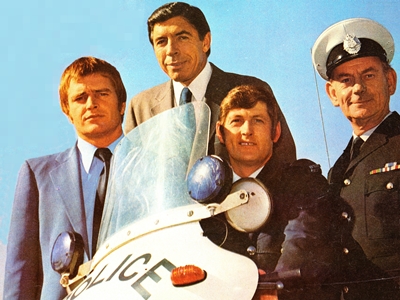
The idea reportedly had the backing of most of the station representatives, perhaps thinking that their respective stations would not be the one in three to lose out! There also seemed to be an assumption that the 0-10 Network stations — the last of the three networks to go to air — would be the logical ones to go. This of course put a question mark over the future of shows like Number 96, Matlock Police, The Price Is Right, The Mike Walsh Show and Young Talent Time and triggered defensive responses from the network’s member stations. Leslie Peard, general manager of Sydney’s TEN10, said that his channel had no input into the proposal.
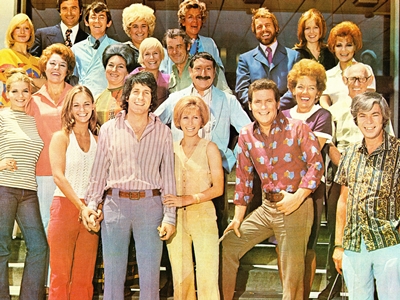
Reginald Ansett, owner of the two Channel 0 stations — ATV0, Melbourne, and TVQ0, Brisbane — also lashed out at the proposal that could potentially see these channels wiped off the dial. Labelling the idea as “ludicrious and unacceptable”, he took aim at the “Sydney press barons”, that have financial interests in the rival channels, for supposedly leading the concept. He said that the 0-10 Network had never been in a better position, claiming that TVQ0 had topped the Brisbane ratings for much of the previous year, the ratings for the Melbourne and Adelaide channels were on the way up, and TEN10 had returned a record profit for the previous half-year. He said that dismissing the licences would be detrimental to employment in the industry, although it was claimed that any job losses by losing 0-10 would be offset by an increase in employment at the surviving stations.
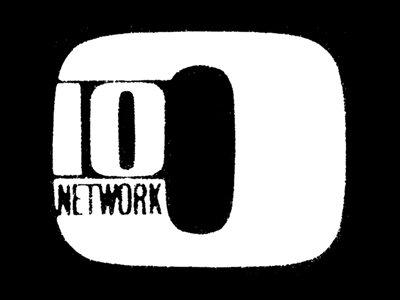
The minister, however, said that he was not prepared to accept that axing the 0-10 licences would be the default position, saying that the ultimate decision would be the result of an open inquiry. Other criteria that could be considered included licencees’ compliance with control board regulations on advertising and Australian content, as well as concentration of ownership and quality of programs.
The minister later said in Parliament: “A number of other suggestions have been put to me and I am searching on behalf of the Government for the real answer as to how to make this industry an economically viable one. Certainly, some of the stations are making what one might refer to as ‘reasonable profits’. Others are receiving a very small return on the investment that has been involved.
“The Government is certainly giving consideration to the proposition, as it is giving to all other matters that have been raised with it, not only by the licensees but also by the unions. It is receiving the advice of the Australian Broadcasting Control Board about a general review of the (Broadcasting and Television) Act.
“We are looking at all facets of the problem because there are serious economic problems ahead regarding the television industry.”
Essentially, we all know how the story ended… as fifty years later we are still served by the same three commercial networks, though the sector is now facing the same quandary, albeit under more complex circumstances. But by April of 1973, the minister informed the industry that the Government would not proceed with its proposal and would work to increase Australian content requirements: “After considering the matter in further discussion since February … it has now been agreed that there should be no reduction in the number of commercial licences. The Australian Broadcasting Control Board is now being asked as matter of urgency to review Australian-content regulations with a view to increasing local content.”
Two months later, the ABCB announced a new points-based quota system to be applied to all commercial stations in a six-month trial to begin in August 1973. First-run prime-time programs such as one-off dramas and series and variety shows would attract the highest number of points per hour. First-run Australian films, news and current affairs and children’s and educational programs were counted at the mid-range of points. Sports coverage, game shows, off-peak programming and re-runs would attract the lowest number of points per hour. Stations that exceed any of the individual drama and educational quotas would earn bonus points per hour. The Government expected that the new system would see Australian production increase by five per cent.
Source: The Canberra Times, 14 February 1973, 17 April 1973, 29 June 1973. The Age, 14 February 1973. Historic Hansard. The Australian Broadcasting Control Board, 25th Annual Report, 1973.

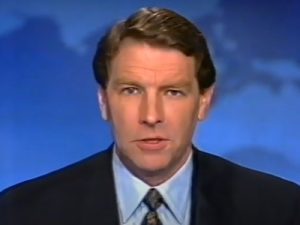
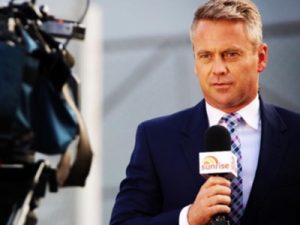
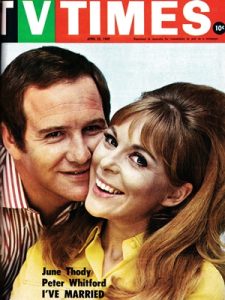
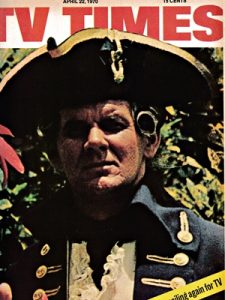
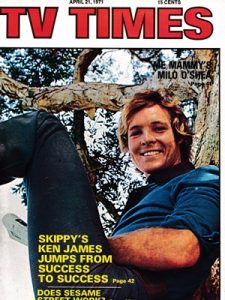
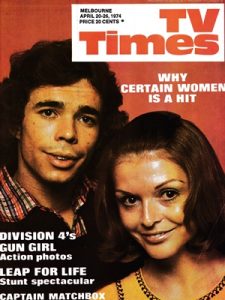
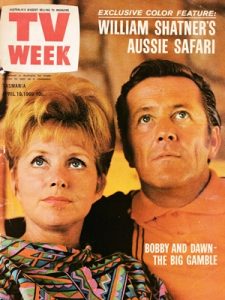
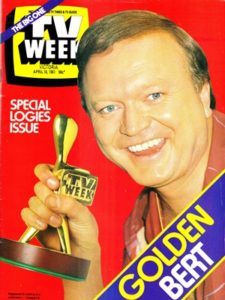
interesting though same thing what was going to happen to channel ten
The Commercial Networks seem to be driving “Free To Air” audiences away, having at least 70% split between Franchised Talent Shows, which have been the cause for the once plentiful Australian & New Zealand music entertainers signed to the Major Recording Companies frequently dominating the Top 40 Radio Charts replaced by the winner & runner-up, opening up Australia to more from the US, most with questionable musical skill &/or taste. The UK has always had a steady stream of talent. When streaming started, it was innitially by downloading ones favourite songs (Apple i-pod), but once services such as Spotify started, that was the beginning of the end of both an income stream from ones’ own written &/or costly professionally recorded work, including Promotional Film Clip & other forms of marketing, to find the Radio Network Stations no longer played “new” Australian Single Releases, opting for the Aussie Hits from the 60s, 70s, 80s & 90s, slotted in sparingly amongst the O/S Music, being the occasional from Europe, a little from Canada, slightly more from the UK, with the vast majority being from the USA, leading me to wonder, have we sold out to the US MultiNational Mega Corporations & done away with Quotas of Music & TV, as well as Australian Ownership minimums of Australian Companies & Corporations, which in most other Nations including the USA still apply?
We really do need another Music Program, something between ABC Countdown, a 1 hour studio recorded show & SCTV (Id) inBox, a Live 2 hours a day, all 7 mornings at major shopping centres around Bekasi, Jakarta, Bogor, Ciledug, Tangarang & Depok in West Jawa, popular from around 2005 – 2015. Unsure if it, like Countdown, is no longer produced, but I hope it, like RCTIs DahSyat is still aired in some form to promote predominantly local talent. (I pushed for Justice Crew to go over after they won AGT in 2014, suggesting they tour with S9B, signed to Nagaswara which dominated the many various live music shows, production, artists & promotion for that genre at that time. They chose my 2nd choice, XO-IX (XO9), who is like Justice Crew, were signed to Sony Music.